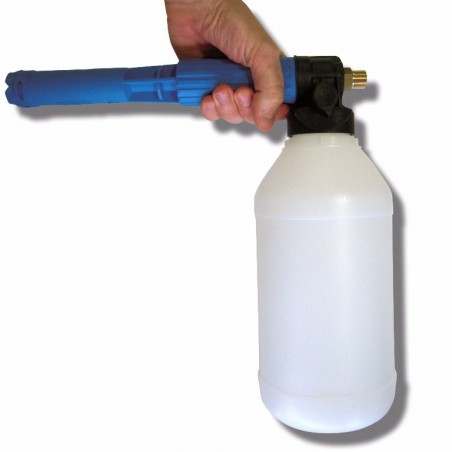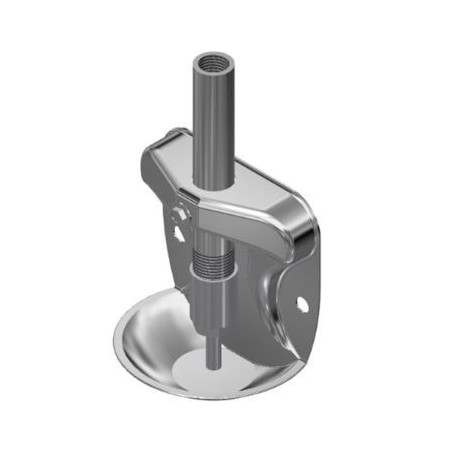Proper methods of assessment to objectively identify pain are essential for welfare improvements of piglets undergoing surgical castration on commercial farms. The Piglet Grimace Scale is used to identify changes in facial expressions caused by acute pain in piglets undergoing tail docking and castration. However, subjective scoring methods are a concern for the validation of the piglet grimace scale. The objectives of this study were to evaluate and refine the piglet grimace scale through 3D landmark geometric morphometrics. Male piglets (n = 88) were randomly allocated to one of two treatments: castration and sham-castration. Piglet facial images were taken at four time points (before treatment, immediately post-treatment, 1 hour post-treatment, and 4 hours post-treatment) using a photogrammetry rig. Images were scored by four raters using five facial action units: orbital tightening, ear position, temporal tension, lip contraction, and nose bulge/cheek tension. Three-dimensional facial models were generated and landmarked denoting 3 facial action units (orbital tightening, lip contraction, and nose bulge/cheek tension).
Results suggest that orbital tightening and ear position may be reliable facial action units for the piglet grimace scale. However, neither the piglet grimace scale nor 3D landmark-based geometric morphometrics were able to reliably identify facial indicators of pain in piglets undergoing castration.

Lou ME, Porter ST, Massey JS, Ventura B, Deen J, Li Y. The Application of 3D Landmark-Based Geometric Morphometrics towards Refinement of the Piglet Grimace Scale. Animals. 2022; 12(15): 1944. https://doi.org/10.3390/ani12151944






